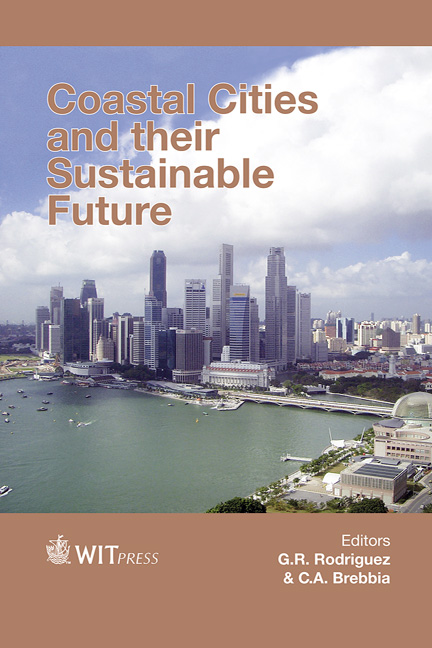Nature, Tourism And Landscape Assessment Of The Lagos Lagoon Waterfront
Price
Free (open access)
Transaction
Volume
148
Pages
13
Page Range
149 - 161
Published
2015
Size
1,341 kb
Paper DOI
10.2495/CC150131
Copyright
WIT Press
Author(s)
N. Uduma-Olugu, M. Adebamowo
Abstract
Nature, landscape and architecture often find a meeting point in tourism. Globally, tourism has been found to be lucrative and to impact positively on the lives of residents, users and potential users of tourism destinations. Natural water bodies usually attract a lot of visitors as a result of man’s affinity to water. If the water body is within the confines of an urban context, several factors may affect their attractiveness, effectiveness and consequently, their patronage. Such factors include the adjoining landscape, land use, the urban context, the architecture of the built environment, core facilities provided, accessibility to venues, socio-cultural aspects of the people in the immediate vicinity. Lagos Lagoon waterfront is one such natural body of water which is strategically located in the commercial nerve centre of Nigeria – Lagos. This paper therefore explores its tourism development potentials with respect to its landscape characteristics within the context of its built environment and natural assets. A photo questionnaire which comprises 20 pictures were shown to 422 respondents at six water tourism destinations within the Lagos Lagoon and along the Lagos coast in order to ascertain their preference for the natural aspects versus the built urban context. This enhances a sustained investigation into the role of nature in the tourism development of the area. The results obtained indicates that most pictures selected by the respondents were those of the most developed areas of the lagoon, grassland, and the water body itself. The water was considered as its best asset yet the problems associated with it, like the water quality and other physical attributes were considered as deterrents to its use for tourism. In the same vein, the blights on the water were also identified by the respondents as a hindrance to its beauty and, ultimately, its usage for recreation and tourism.
Keywords
nature, tourism, landscape assessment, perception, land use





